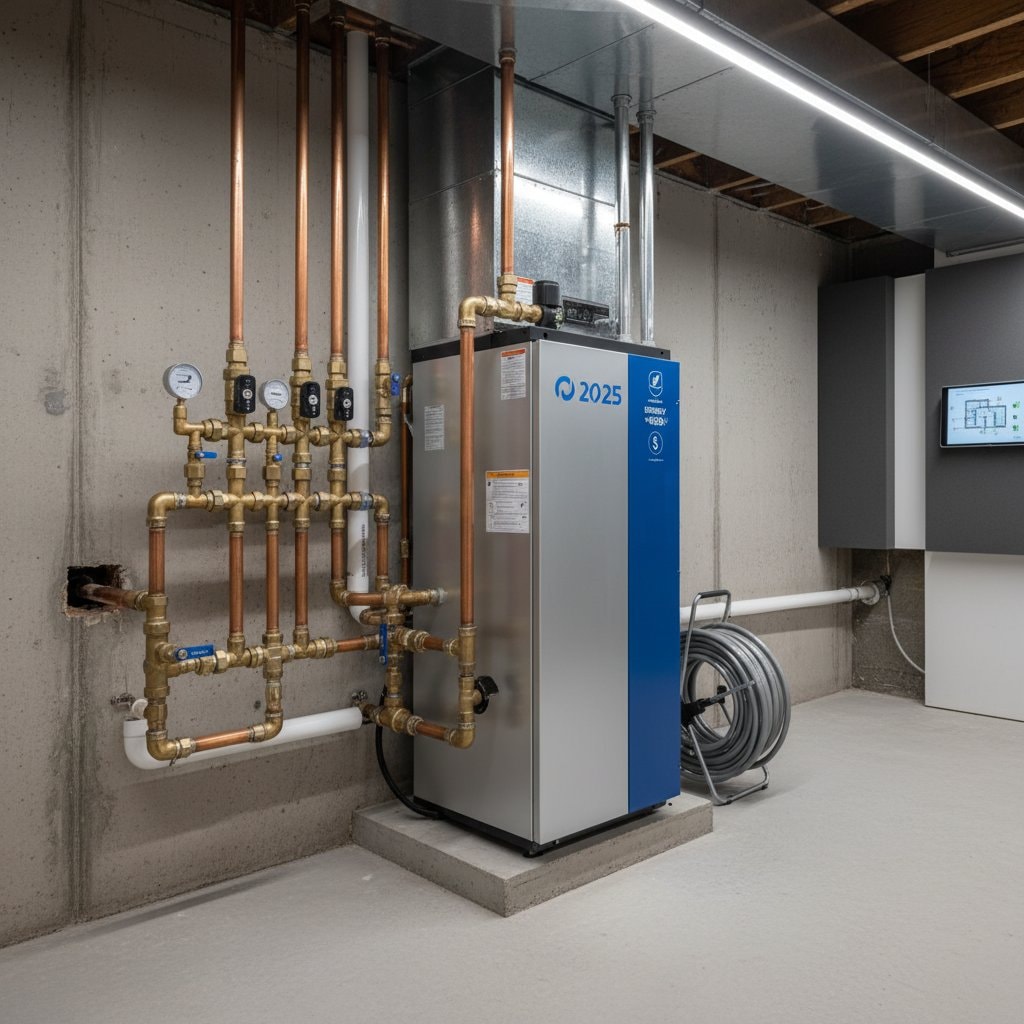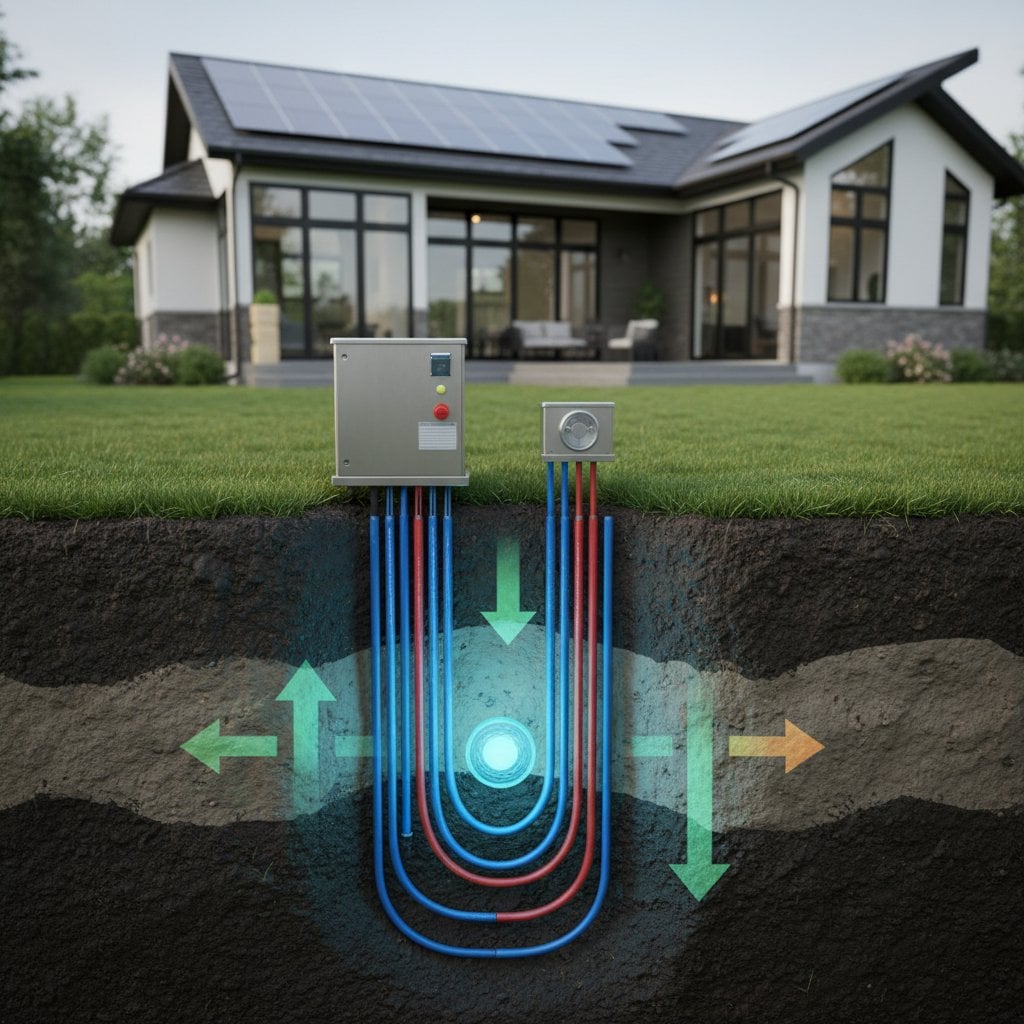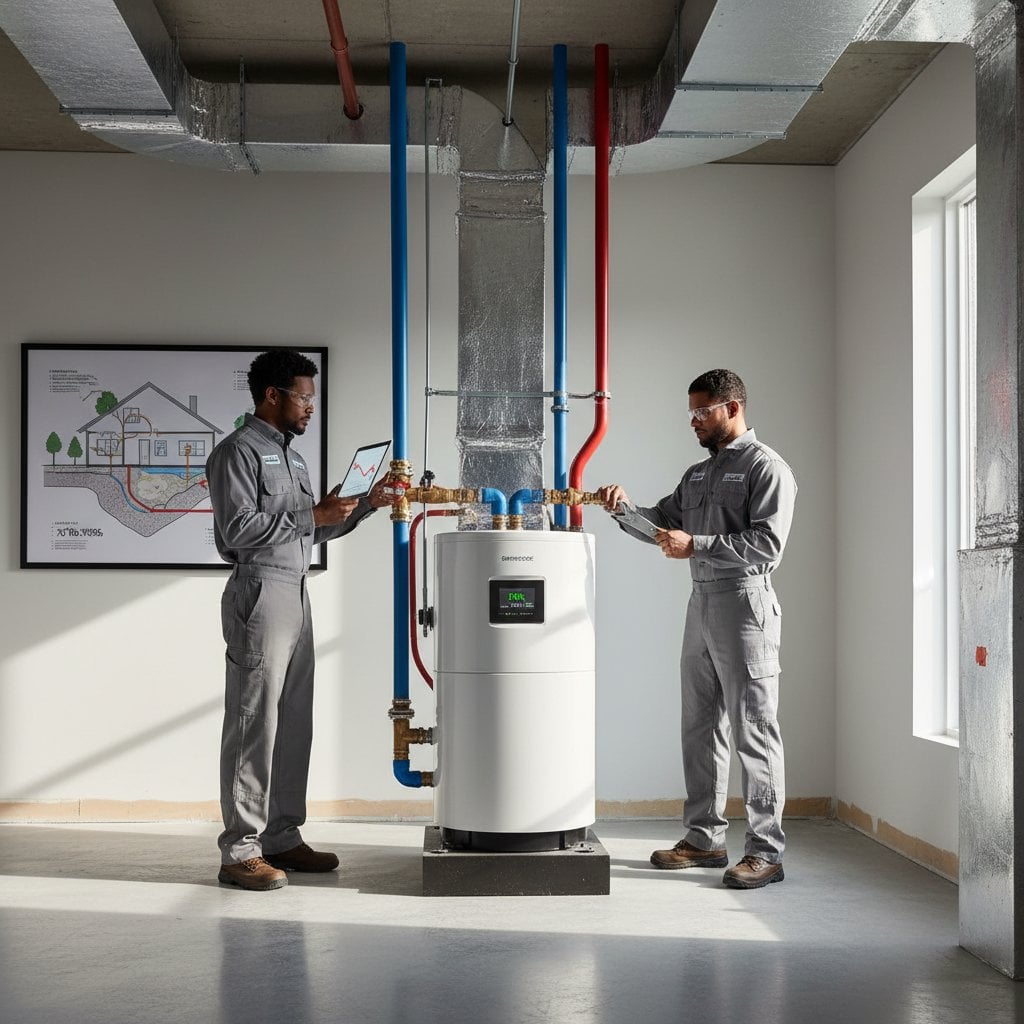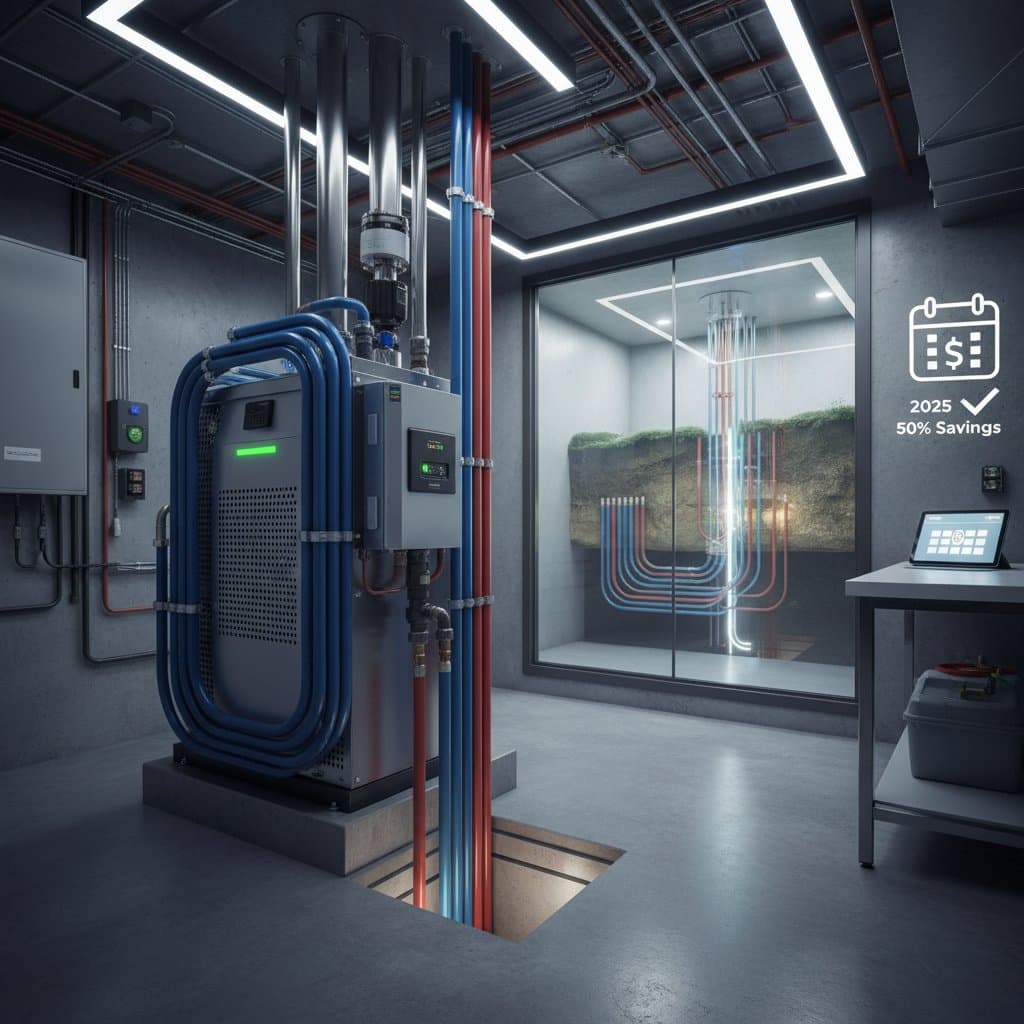Geothermal HVAC: 2025's Premier Return on Investment Opportunity
Rising energy prices and growing emphasis on sustainability prompt homeowners and developers to explore heating and cooling options with strong long-term value. Geothermal HVAC systems stand out by using the earth's stable temperatures to manage indoor climates efficiently. This year marks a turning point as geothermal shifts from niche technology to a mainstream financial choice.
Essential Highlights
- Return on Investment: These systems deliver up to 65% energy savings compared to traditional HVAC.
- Durability: Ground loops last more than 50 years, and indoor components endure twice as long as standard units.
- Incentives: Federal and local rebates cover 20% to 40% of installation costs.
- Environmental Impact: A single unit cuts household carbon emissions by several tons each year.
- Market Expansion: Rising demand for green upgrades drives use in homes and commercial spaces.
How Geothermal HVAC Operates
Geothermal systems tap into the earth's steady underground temperatures, acting as a heat source in winter and a heat sink in summer. Ground loops, buried pipes filled with water-based fluid, absorb or release heat depending on the season. Inside the building, a heat pump moves this energy through ducts or radiant floors to maintain comfortable conditions.
The key to efficiency lies in transferring heat rather than generating it. According to the U.S. Department of Energy, geothermal heat pumps reach 300% to 600% efficiency, even in extreme cold, far exceeding the 175% to 250% of air-source heat pumps. Homeowners benefit from reliable monthly drops in utility bills as a result.
Building the Financial Justification: Tangible Returns
Geothermal HVAC offers compelling economic benefits over time. Initial costs range from $12,000 to $30,000 for residential setups, depending on soil conditions, property size, and system design, which exceeds traditional options. Lower operating and maintenance costs offset this premium swiftly.
Studies show payback periods of five to ten years through energy savings alone. Average utility bills fall by 40% to 60%. Tax credits and local programs shorten this further. In commercial settings, returns often top 10% annually once established.
| System Type | Upfront Cost (Average) | Operating Savings | Payback Period |
|---|---|---|---|
| Conventional HVAC | $6,000 - $12,000 | Baseline | N/A |
| Air-Source Heat Pump | $8,000 - $15,000 | 20% - 30% | 8 - 12 years |
| Geothermal HVAC | $12,000 - $30,000 | 40% - 65% | 5 - 10 years |
Regional differences and fuel costs affect these figures, but geothermal provides consistent, long-term financial stability.
Environmental and Comfort Advantages
Geothermal HVAC extends beyond finances to offer clear ecological and lifestyle gains. By shifting heat without burning fuel, it reduces greenhouse gases significantly. The Environmental Protection Agency reports that replacing a fossil-fuel furnace with geothermal equals the emissions savings of removing two cars from the road annually.
Comfort improves with quiet, even heating and cooling that eliminates the noise and drafts of forced-air systems. Indoor air quality rises without combustion residues or allergens. Lacking outdoor units, these systems preserve property aesthetics and resist weather damage.
Advancements Driving Adoption
Modern geothermal technology has advanced considerably from early designs. Variable-speed compressors and smart thermostats adjust output to match needs, boosting efficiency and comfort. Closed-loop systems dominate residential installs, while open-loop versions fit sites with ample water access.
Dr. Karen Fields, an energy systems engineer with the Geothermal Exchange Organization, highlights recent progress. She states that innovations now allow for precise loop field designs, which lower drilling expenses and enhance system performance. This makes geothermal both practical and cost-effective.
Addressing Typical Hesitations
Many potential adopters concern themselves with installation challenges or site compatibility. Soil and space factors play a role, yet advanced drilling and horizontal loops adapt to smaller lots and minimize disruption. Certified experts use modeling software to determine exact loop sizes and configurations.
Maintenance concerns also arise, but sealed underground components protect against wear, requiring little attention. The indoor heat pump needs only periodic filter changes and checks, similar to conventional units. Warranties extend far beyond those of standard systems, reducing long-term risks.
Steps for Successful Installation
Start by scheduling a site assessment with a certified geothermal contractor. The evaluation examines soil, available space, and heating demands to recommend the best configuration. Request detailed bids that break down equipment, digging, and labor.
Research available federal, state, and local incentives. Many utilities offer low-interest loans for renewable projects. Compare bids on total ownership costs, including savings projections, rather than upfront prices alone. Higher initial investments often yield greater returns over the system's lifespan.
Pair geothermal with upgrades such as better insulation, automated controls, and energy-efficient windows to maximize outcomes. These additions improve overall efficiency and shorten payback times.
Industry Growth and Prospects
Projections point to continued growth in geothermal installations, fueled by higher energy prices and tougher environmental rules. New constructions integrate these systems to earn sustainability certifications and attract buyers. Retrofits increase in existing buildings as advantages become clearer.
Community projects test shared geothermal networks, where looped infrastructure serves multiple properties to reduce individual costs and improve energy resilience. Streamlined supply chains and reduced excavation expenses continue to lower entry barriers.
Securing Lasting Savings and Comfort
When planning HVAC updates or new builds, consider geothermal thoroughly. Current incentives and cost trends present an ideal time to invest.
After installation, enjoy consistent temperatures, reduced noise, and substantial contributions to a cleaner environment.










